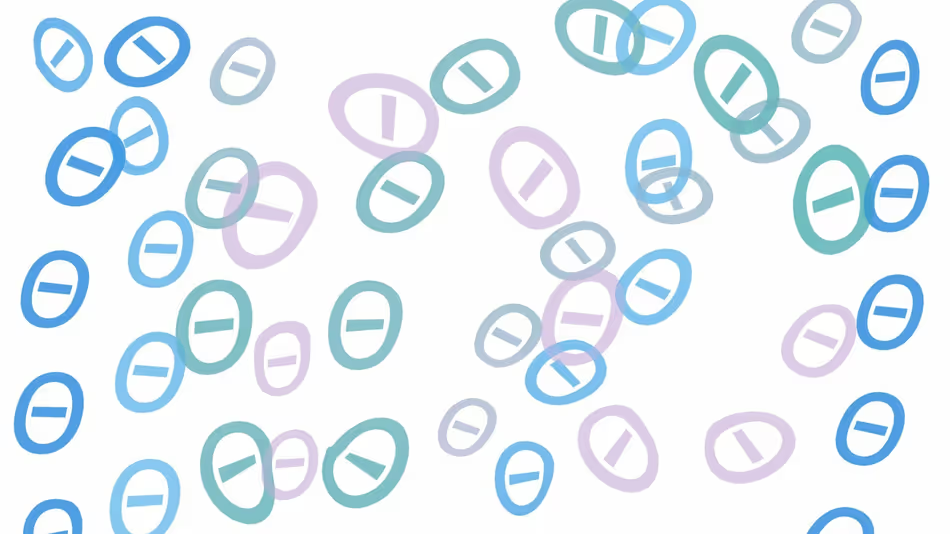I am so honored to get the chance to host the Carnival of Mathematics. This year, I’ve endeavored to connect more with the math community online and elsewhere. My big epiphany was finally understanding that I need to connect over my math feelings to be happy.
I am so grateful for everyone who speaks to others about mathematics. I learn so much this way.
Here are the posts submitted this month.
- Nursery Rhymes for Curious Minds by Vanessa Madu
In this article, Vanessa teaches us about Bayesian Statistics. She uses the rhyming scheme of a poem we are familiar with about the Queen of Hearts and her tarts. You will have to read to understand her conclusion and its meaning. G.W. Leibniz
- The Irish logarithm by Mark Dominus
Mark introduces the Irish logarithm from Percy Ludgate. It presents a way to do multiplication. It isn’t the most efficient way. It is still easier to use a multiplication table. It does have an advantage in computing. Mark catalogs the reasons why.
- Basic epidemiological modeling by Zeb Mason
This short video explains the modeling of an epidemic. It presents the model as a card game you can play. Something you can do with a pack of cards. Zeb explains what each column means as the game goes on. It provides a visual representation of different aspects of the model.
- Praeclarum Theorema by Jon Awbrey
In this article, Jon presents the praeclarum theorem or splendid theorem by G.W. Leibniz. Sharing Leibniz’s original proof. As well as providing a more modern proof.
- One “Big Rule” To Rule Them All by Karen Campe
Karen presents some of the ways she teaches math using one big rule. The idea is to generalize information and strengthen conceptual learning. Providing a more complete picture made from the details they are learning. Adding depth to the subject.
- What is the maximum number of Tverberg’s partitions? by Gil Kalai
I’ll admit this one is more advanced than what I currently know in math. The basis of this post is from a recent speech in Budapest. This is one of Gil’s favorite theorems. He goes on to explain the problem. I still find this type of math exciting even if I can’t decipher it.
- When did Math Get So Hard- Part 2 by Lance Fortnow and Bill Gasarch
Some mathematics needs prerequisites presenting a barrier even to experienced mathematicians. This is because of the knowledge built over time. Requiring a deeper understanding.
- Embeddings: What they are and why they matter by Simon Willson
This is a long-form article that goes in-depth about the applications of embeddings. I love the example offered at the beginning on how it works by explaining how a related post feature was added to the blog. Many examples are given to show what is out there and how embeddings are being used.
Here are some things that I read or watched in October.
- What is algebraic geometry? by Aleph 0
I watched this video and fell in love with a branch of mathematics. I’ve always wondered what I might study as a mathematician if I went back to school. This is undoubtedly it.
- A Brief Collection of Math Metaphors in Literature by Ben Orlin
As a writer, I am always intrigued by the ways that math and language crossover. This is a nice collection of quotes from books that showcase this. If you like this sort of thing, I’ve made a playlist of math references in songs.
- Lost in numbers: As NYC educators look to overcome dyslexia, some wonder what will be done to help those with the math disability dyscalculia by Megan McGibney
This is one of the more interesting news articles that I’ve read about dyscalculia. If you don’t know, this is a learning disability related to mathematics. It is still not well known. It is important to make people more aware, especially math teachers and parents. This Numberpile video has more information.
One of my goals is to aid mathematicians and scientists in writing more for the public by starting blogs. In this regard, I’m planning on doing a blog challenge in January 2024. It is a basic blogging course that will be free. If this interests you drop me an email at mathcomm@susansilver.net and I’ll let you know when it is live.

